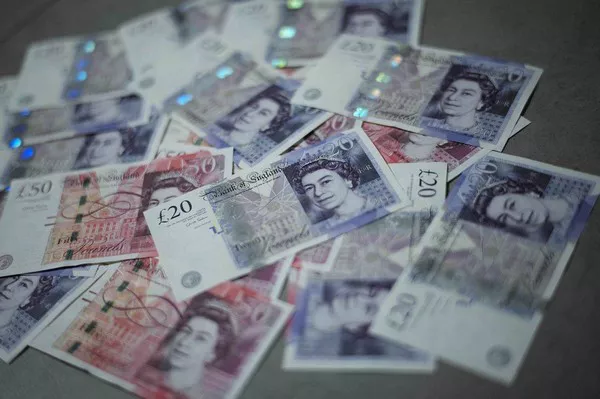In the early European session on Friday, the Pound Sterling (GBP) marked a fresh weekly high, buoyed by expectations that the Bank of England (BoE) is poised to initiate interest rate reductions following the lead of the Federal Reserve (Fed) and the European Central Bank (ECB). The improved risk appetite among market participants further contributed to the positive momentum.
Recent monetary policy statements from key central bank figures, including Federal Reserve Chair Jerome Powell, ECB President Christine Lagarde, and BoE Governor Andrew Bailey, underscored a divergence in approach towards potential rate cuts. Both Powell and Lagarde were explicit about considering rate reductions, with the Fed already guiding three cuts this year, and the ECB anticipating a commencement of the rate-reduction process in late summer.
In contrast, Andrew Bailey, akin to Jerome Powell, refrained from speculating on rate cuts and issued a cautionary note, suggesting that price pressures could increase in the second half of the year. The BoE’s emphasis on managing inflationary pressures over deeper recession concerns aligns with its strategy. The UK economy experienced a 0.1% decline in growth in the third quarter of 2023, and higher interest rates are expected to act as a deterrent to economic expansion.
While the GBP/USD pair holds onto its gains, potential volatility looms ahead as the United States Bureau of Labor Statistics (BLS) prepares to release the Nonfarm Payrolls (NFP) report for January. Upbeat labor market data may diminish hopes of a rate cut by the Fed in May, influencing the dynamics of the GBP/USD pair in the coming sessions.


